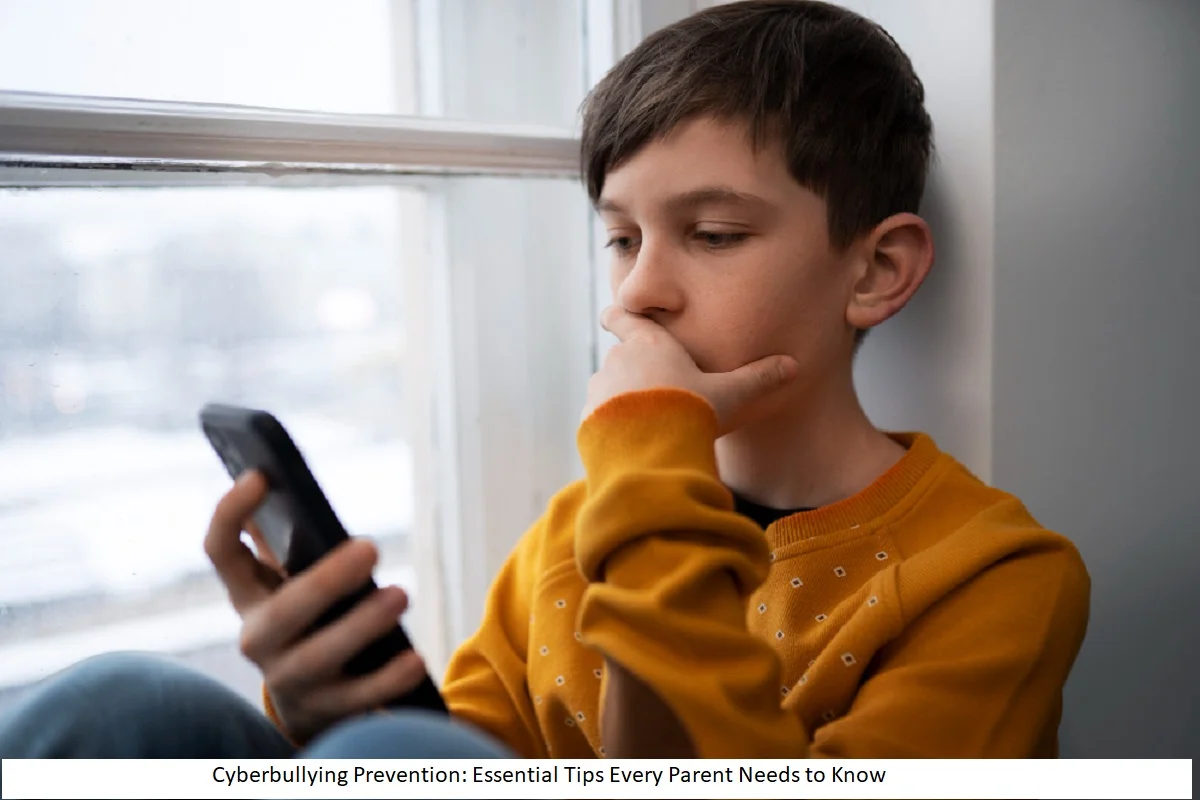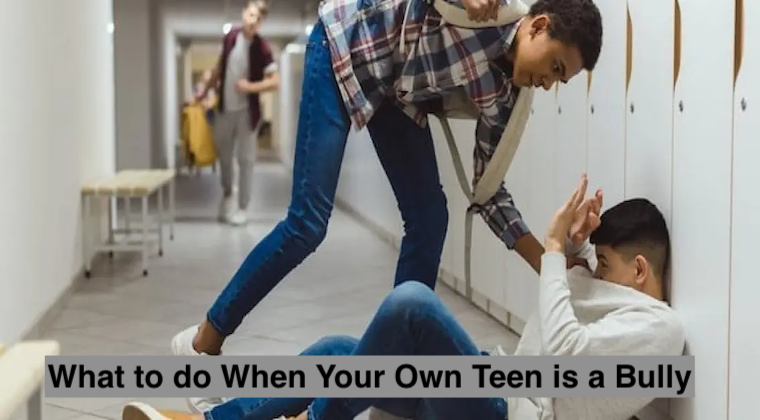In today’s digital age, children and teenagers are growing up with the internet woven into nearly every aspect of their lives. Social media platforms, online gaming communities, and messaging apps have become the new playgrounds for communication, socializing, and entertainment. While this connectivity can foster positive relationships, it can also open the door to a growing problem—cyberbullying. As a parent, understanding the dynamics of cyberbullying, recognizing the warning signs, and knowing how to protect your child are critical steps in ensuring their well-being. Below is a comprehensive, in-depth guide to help you navigate the complex issue of cyberbullying and equip you with effective strategies to keep your child safe.
1. Understanding Cyberbullying
Cyberbullying refers to harassment, intimidation, or belittling someone through digital platforms. Unlike traditional bullying, it can occur around the clock—your child may face targeted attacks not just at school but also at home, in the middle of the night, and even on vacation. These attacks can include threatening messages, the sharing of private or embarrassing information, fake social media profiles designed to humiliate, and more. The relentless nature of the internet makes it particularly difficult for victims to escape cyberbullying, causing long-lasting psychological and emotional harm.
From an early age, children are exposed to a myriad of online interactions, many of which they might not fully comprehend. Without proper guidance, they can easily get caught in an emotionally harmful cycle of digital abuse—either as a victim or, in some cases, as a perpetrator. By becoming aware of how cyberbullying manifests, parents can better protect and educate their children about respectful and safe online behavior.
2. Why Cyberbullying is So Harmful
- Permanent Digital Footprint
Unlike face-to-face conflicts, online harassment can remain on the internet indefinitely. If a bully posts humiliating content about another child, it can be shared, reshared, and potentially seen by thousands—or even millions—of people. This “digital footprint” makes it exceedingly difficult for victims to ever fully escape the impact of cyberbullying. - Escalating Anxiety and Depression
Cyberbullying can lead to higher rates of anxiety, depression, and low self-esteem among children and teens. It can also be a contributing factor to social withdrawal, poor academic performance, and an increased risk of self-harm. Because the attacks can happen 24/7, children often feel they have no safe space to recover. - Power Imbalance
In some cases, the bully might remain anonymous, hiding behind fake profiles and usernames. This anonymity can create a severe power imbalance where the bullied child feels helpless, not knowing the identity or motives of the tormentor. - Isolation and Shame
Children who are cyberbullied might feel too embarrassed to talk about it or fear retaliation from the bully if they report the abuse. As a result, they often suffer in silence, isolating themselves further from friends and family.
Understanding these harmful effects underscores why it’s crucial for parents to remain vigilant and proactive in addressing cyberbullying. The lasting emotional and psychological damage can have lifelong consequences for your child, making early intervention extremely important.
3. Recognizing the Warning Signs
Just like with traditional bullying, there are often warning signs that a child is being cyberbullied. Some of the common indicators include:
- Avoidance of Devices
If your child suddenly seems reluctant to use their phone, laptop, or social media accounts, there might be a reason behind it. An abrupt change in digital behavior can point to potential harassment online. - Emotional Distress
Cyberbullying may cause your child to experience frequent mood swings, sadness, or irritability after going online. Keep an eye out for your child becoming withdrawn or upset immediately after checking messages or social media. - Changes in Academic Performance
A dip in grades or a loss of interest in school can often be linked to emotional stress. Children being bullied online might have trouble focusing or lack motivation to keep up with schoolwork. - Secretive Online Behavior
If your child is quick to hide their screen whenever you walk by or becomes defensive when asked about their online activity, it may be a sign of trouble. While privacy is important, parents should be aware of potential secrecy that might mask harassment. - Social Withdrawal
Victims of cyberbullying may avoid social gatherings or previously enjoyable activities. They might isolate themselves in their room or hesitate to interact with friends.
Identifying these signs early can help parents engage in meaningful conversations with their children, offering support and solutions before the effects of cyberbullying escalate.
4. Best Practices for Parents to Protect Children Online
The internet is not inherently dangerous, but its potential for misuse cannot be ignored. By taking proactive steps, you can significantly reduce the likelihood of your child falling victim to cyberbullying. Here are some practical measures to consider:
- Open Communication
The most powerful tool you can wield against cyberbullying is open, honest dialogue. Encourage your child to share their online experiences—both good and bad. Let them know it’s safe to speak up if they ever feel uncomfortable or threatened on the internet. These conversations should be ongoing and adapt to your child’s evolving digital habits.- For more insights on fostering open communication and healthy relationships, you may find helpful resources in this article from Best Childcare Tips that discusses effective parenting approaches.
- Establish Clear Boundaries
Setting rules around screen time, the types of apps they can use, and the websites they can visit can be beneficial. Inform them about the importance of not engaging with strangers online and never sharing personal details like phone numbers, addresses, or passwords. By implementing clear boundaries, you help your child develop healthy online habits. - Monitor Online Activity Responsibly
While it’s essential to respect your child’s privacy, it’s also your responsibility to ensure their safety. Keep an eye on the social media platforms your child uses. Many parenting applications can help you track your child’s online usage and set parental controls. However, rather than covertly spying, strike a balance by letting them know you will occasionally check in on their online activities to protect their well-being. - Educate Them on Ethical Online Behavior
Prevention is not just about stopping your child from being a victim; it is also about preventing them from becoming a bully. Teach them to treat others online with empathy and respect. Discuss real-life examples of online conflicts and how they can be resolved. Instill the idea that behind every screen is a real human with feelings. - Encourage Healthy Coping Mechanisms
Children need to know how to handle negative experiences online. Encourage strategies such as blocking or reporting bullies, saving screenshots of harmful messages as evidence, and seeking help from a trusted adult. Reinforce that walking away from the computer or turning off notifications is always an option—removing themselves from the hostile environment can alleviate some stress.
5. Engaging the Wider Community
Parents cannot tackle cyberbullying alone. Schools, local communities, and even law enforcement agencies all play pivotal roles in preventing and addressing these incidents. Here’s how to engage with the broader community:
- Collaborate with Schools
Most schools now include digital citizenship programs in their curricula. Stay updated on what your child is learning and volunteer to share ideas during parent-teacher conferences. Encourage the school to implement policies that address online harassment and train teachers to identify the signs of cyberbullying. - Community Workshops
Many nonprofit organizations, libraries, or community centers offer workshops on internet safety and cyberbullying prevention. Attend these sessions with your child to reinforce important messages. Such events also provide an opportunity to connect with other parents who may be dealing with similar challenges. - Legal Awareness
Depending on where you live, cyberbullying can have legal consequences. Stay informed about local laws and regulations that address online harassment. If the bullying reaches a critical point—such as threats of violence or extortion—contact law enforcement. Understanding the legal framework can empower parents and children to take necessary actions when needed. - Support Groups
Joining or forming a support group for parents can be a powerful way to share experiences, gather information, and develop strategies for dealing with cyberbullying. Hearing from others who have successfully addressed bullying issues can provide hope and practical solutions.- You can also explore additional resources from Best Childcare Tips that offer guidance on managing bullying behaviors and creating supportive communities for children.
6. Overcoming Common Challenges
Even the most proactive parents can face obstacles when trying to shield their children from cyberbullying. A few common challenges include:
- Children’s Reluctance to Share
Adolescents, in particular, value their privacy and independence. They may fear parental overreaction or additional repercussions at school if they come forward. Combat this by maintaining an open-door policy that prioritizes understanding and support over punishment. - Rapidly Evolving Technology
New social media platforms and messaging apps appear almost daily, making it challenging to keep track of where and how your child spends time online. Regularly updating yourself on trending platforms, their safety features, and potential risks is essential. - Peer Pressure
Cyberbullying sometimes arises from peer pressure to participate in negative behavior. Talk to your child about standing up for what is right, even if their friends are engaging in bullying. Encourage them to show empathy and report bullying behavior rather than joining in. - Overcoming Denial
If you suspect your child is being bullied—or bullying others—it can be difficult to accept. However, acknowledging the issue is the first step toward resolution. Seek professional guidance if you feel the situation is beyond your capacity to handle alone.
7. Moving Forward and Creating a Safer Digital World
Cyberbullying is not an insurmountable problem. By fostering an environment of empathy, open communication, and mutual respect, parents can help their children navigate the internet responsibly and confidently. The key is to remain vigilant, adaptable, and informed. Here are a few final steps you can take to keep moving forward:
- Keep Learning: The digital landscape is ever-changing. Stay updated on emerging apps, platforms, and online threats to anticipate new challenges.
- Encourage Self-Confidence: Children who have a strong sense of self-worth are less likely to become victims or bullies. Engage them in activities that build their confidence, such as sports, hobbies, or volunteer work.
- Lead by Example: Model respectful online behavior in your own digital interactions. Children often mirror adult actions, so make sure you demonstrate kindness and accountability on social media.
- Address Underlying Issues: Sometimes cyberbullying is a manifestation of deeper emotional or social problems. If your child is struggling academically or socially, offering supportive resources—such as counseling—can help address issues at the core.
Conclusion
Cyberbullying is a serious, pervasive issue in the digital age that can have profound effects on children’s emotional and mental health. However, parents have a powerful arsenal of strategies at their disposal to combat it. Through maintaining open communication, setting clear boundaries, engaging with community resources, and continually educating both themselves and their children, parents can significantly reduce the risk of cyberbullying and its damaging consequences.
The goal is not to instill fear of technology but to teach responsible, empathetic digital citizenship. Empower your child to stand up against cyberbullying—whether they are a victim, a bystander, or even pressured to bully others. By creating a supportive environment built on trust, understanding, and respect, you can help your children flourish in the online world while keeping them safe from the harmful effects of cyberbullying.










